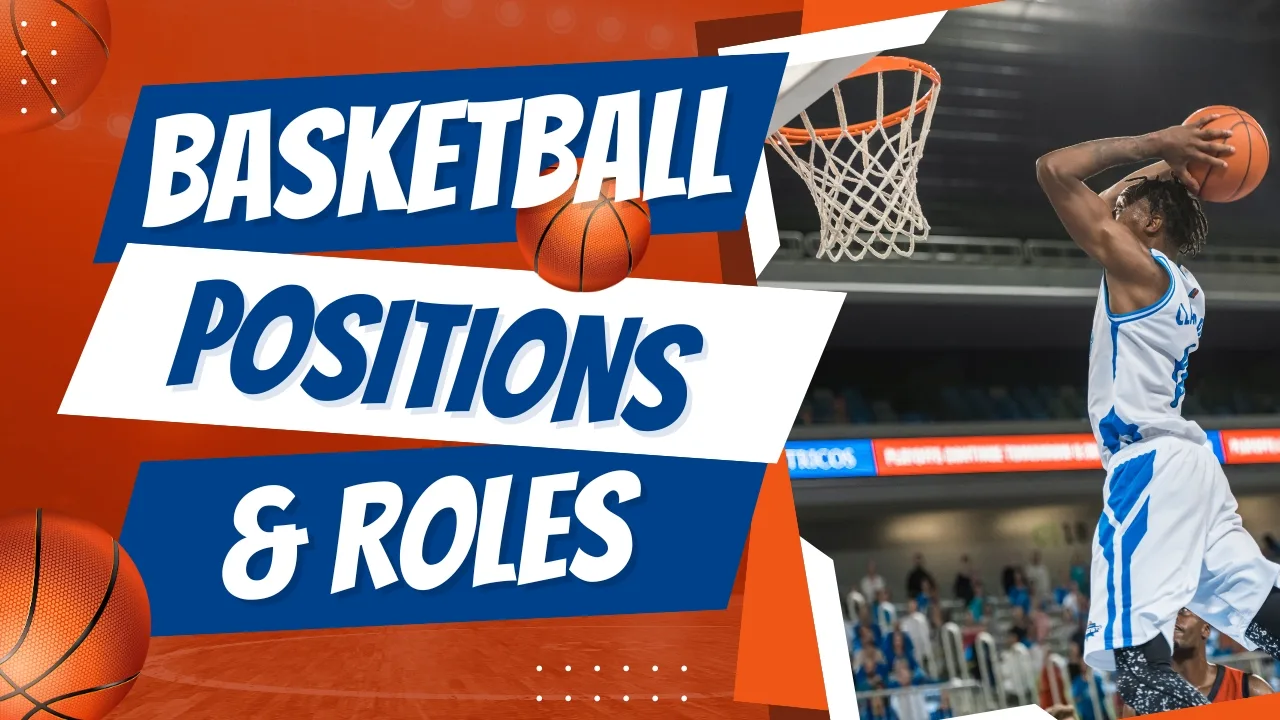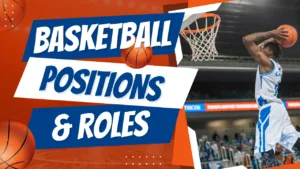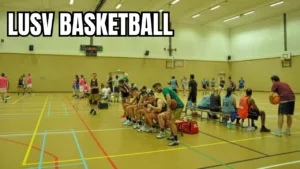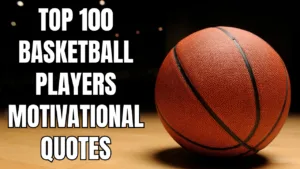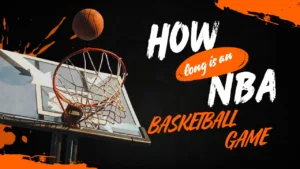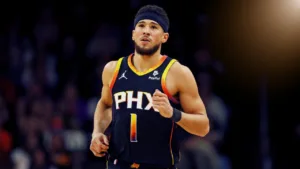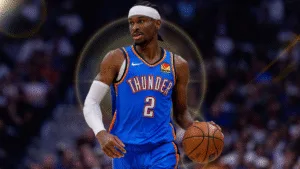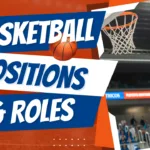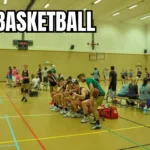Introduction: Why Understanding Basketball Positions and Roles Matters
Basketball is a beautiful blend of speed, skill, and teamwork, but to truly appreciate the game, you need to understand basketball positions and roles. Whether you’re a fan trying to decode your favorite team’s strategy or a player looking to improve your game, learning about the five key basketball positions will change the way you see the court. Each position has unique responsibilities, skills, and impact on the game, from the quick-thinking point guard orchestrating plays to the towering center protecting the rim.
The NBA’s fast-paced action and the local streetball at your neighborhood court all revolve around these positions, even as the modern game evolves toward positionless basketball. Understanding these roles will help you follow games intelligently, pick the right position for your playing style, and develop the right skills to excel.
Let’s break down the basketball positions and their roles so you can understand who does what on the court and why each role is essential for team success.
What Are the 5 Main Basketball Positions?
In basketball, five primary positions structure how teams operate during games:
- Point Guard (PG) – The team’s primary ball handler and playmaker.
- Shooting Guard (SG) – The team’s primary scorer and perimeter shooter.
- Small Forward (SF) – The versatile wing player who scores and defends.
- Power Forward (PF) – The strong inside scorer and rebounder.
- Center (C) – The tallest player, responsible for rebounding and rim protection.
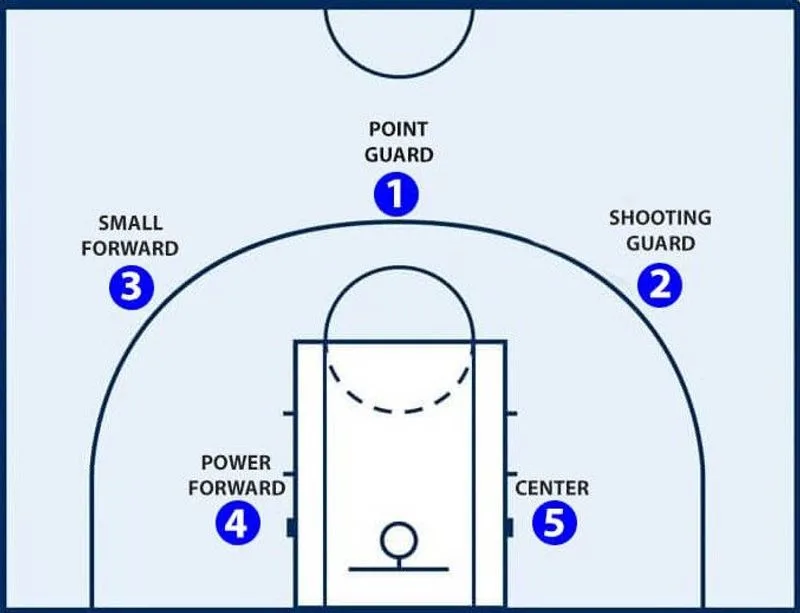
Each position in basketball requires different skills and responsibilities, but all work together to achieve one goal: winning the game. From setting up plays to securing rebounds, every player on the court has a clear role in the team’s success.
The Role of the Point Guard: The Floor General
The point guard, often referred to as the “floor general,” is like the quarterback in football. This player is responsible for bringing the ball up the court, setting up plays, and ensuring the offense runs smoothly. Point guards must have excellent ball-handling skills, court vision, and leadership qualities to control the game’s tempo.
Key skills for a point guard include:
- Dribbling under pressure.
- Passing accurately.
- Reading defenses.
- Making quick decisions.
In the NBA, players like Stephen Curry and Chris Paul have redefined what it means to be a point guard by combining elite shooting with exceptional playmaking. If you enjoy controlling the game and being the team’s leader, the point guard role may be perfect for you.
The Role of the Shooting Guard: The Scoring Machine
The shooting guard is typically the team’s top scorer, specializing in shooting from long distances and creating scoring opportunities. This position requires strong shooting ability, agility, and the skill to play both on and off the ball. Shooting guards often act as secondary ball handlers, helping to relieve pressure from the point guard.
Key skills for a shooting guard include:
- Catch-and-shoot scoring.
- Driving to the basket.
- Perimeter defense.
- Moving without the ball to find open shots.
Players like Klay Thompson and Devin Booker are excellent examples of shooting guards who can light up the scoreboard while also defending opposing shooters. If you love scoring and have a sharp shooting touch, this position might be your calling on the basketball court.
The Role of the Small Forward: The Versatile Wing
The small forward is one of the most versatile positions in basketball, combining the scoring ability of a guard with the strength and rebounding of a forward. Small forwards are often asked to do a bit of everything: score, defend, rebound, and facilitate when needed.
Key skills for a small forward include:
- Scoring from inside and outside.
- Guarding multiple positions.
- Rebounding aggressively.
- Attacking the basket with strength.
Players like LeBron James and Jayson Tatum exemplify the modern small forward, capable of leading the team in scoring while also handling the ball and defending the opponent’s best players. If you want to develop an all-around game, playing as a small forward allows you to showcase your versatility on the court.
The Role of the Power Forward: The Paint Enforcer
The power forward (PF) is often seen as the team’s backbone in the paint, providing strength, rebounding, and inside scoring. Power forwards are typically strong, athletic players who can score near the basket while also stepping out for mid-range jump shots when needed.
Key skills for a power forward include:
- Strong post moves and finishing around the rim.
- Rebounding on both ends of the court.
- Setting effective screens for teammates.
- Defensive versatility, guarding both big men and agile forwards.
Modern NBA power forwards, like Giannis Antetokounmpo and Anthony Davis, combine size with agility, making them threats in transition and on the perimeter. If you enjoy physical play and being active around the basket while also stretching your game with mid-range or three-point shooting, the power forward role may be your ideal position on the court.
The Role of the Center: The Defensive Anchor
The center (C) is traditionally the tallest player on the team, stationed near the basket to protect the rim and dominate the boards. Centers play a crucial role in defending the paint, blocking shots, and scoring from close range with post moves and putbacks.
Key skills for a center include:
- Shot-blocking and altering opponents’ shots.
- Rebounding on defense and offense.
- Effective post scoring and finishing near the rim.
- Setting screens and rolling to the basket.
Players like Nikola Jokic and Joel Embiid represent the modern evolution of the center, showcasing the ability to handle the ball, shoot from outside, and make plays for teammates while maintaining dominance inside. If you have the height and strength to control the paint and want to be the defensive anchor for your team, the center position is the perfect fit.
Modern Basketball: Positionless Roles and Flexibility
While traditional basketball positions and roles remain essential, the modern game has shifted towards positionless basketball. This approach focuses on versatility, allowing players to take on multiple roles during a game rather than sticking to a single position.
Key aspects of modern positionless basketball:
- Stretch Forwards: Power forwards who can shoot three-pointers, spacing the floor for teammates.
- Point Forwards: Forwards who handle the ball and facilitate offense, like LeBron James.
- Small-Ball Lineups: Teams use smaller, faster players to increase speed and spacing.
This evolution allows players to expand their skill sets and teams to create matchup advantages against opponents. Players today are encouraged to develop shooting, ball-handling, and defensive skills regardless of their primary position, leading to a more dynamic and fast-paced style of play.
If you are training for basketball, consider developing versatile skills that allow you to adapt to multiple positions, increasing your value to any team you join.
How to Choose Your Basketball Position
If you are a player wondering which position is right for you, consider your height, athleticism, skill set, and natural playing style:
- Point Guard: If you are quick, have excellent ball-handling skills, and love setting up plays, this may be your position.
- Shooting Guard: If you enjoy scoring and shooting from long range, consider playing as a shooting guard.
- Small Forward: If you want to be versatile, scoring, defending, and rebounding, the small forward role fits well.
- Power Forward: If you have strength and enjoy inside play and rebounding, power forward could be ideal.
- Center: If you are tall and strong and want to dominate the paint, the center position will suit you best.
Tips to Develop for Your Position:
- Work on ball handling for guard positions.
- Practice shooting and off-ball movement for scoring roles.
- Develop rebounding and post moves for forward and center positions.
- Focus on defensive skills across all positions to become a complete player.
Choosing the right position helps you focus your training and find your place in your team’s system, giving you the best opportunity to excel on the court.
Common Questions About Basketball Positions and Roles
Can a player play multiple positions in basketball?
Yes, many players today play multiple positions, allowing teams flexibility in lineups. For example, a small forward may handle the ball like a point guard, or a power forward may shoot like a guard.
Which basketball position scores the most points?
Typically, shooting guards and small forwards are primary scorers; however, in modern basketball, scoring can come from any position, depending on the team’s strategy.
What is the hardest position to play in basketball?
While it depends on your perspective, point guard is often considered the most challenging due to the responsibilities of leading the offense, reading defenses, and making quick decisions.
Conclusion: Mastering Basketball Positions and Roles
Understanding basketball positions and roles helps you appreciate the game’s structure and the skills each player brings to the team. Whether you’re aiming to improve your game or enjoy NBA games with deeper insight, knowing each position’s responsibilities will elevate your basketball knowledge.
If you’re a player, find your natural fit, train accordingly, and expand your skills to adapt to the evolving game of basketball. If you’re a fan, use this guide to follow games more intelligently, analyzing how each player contributes to the team’s success.
